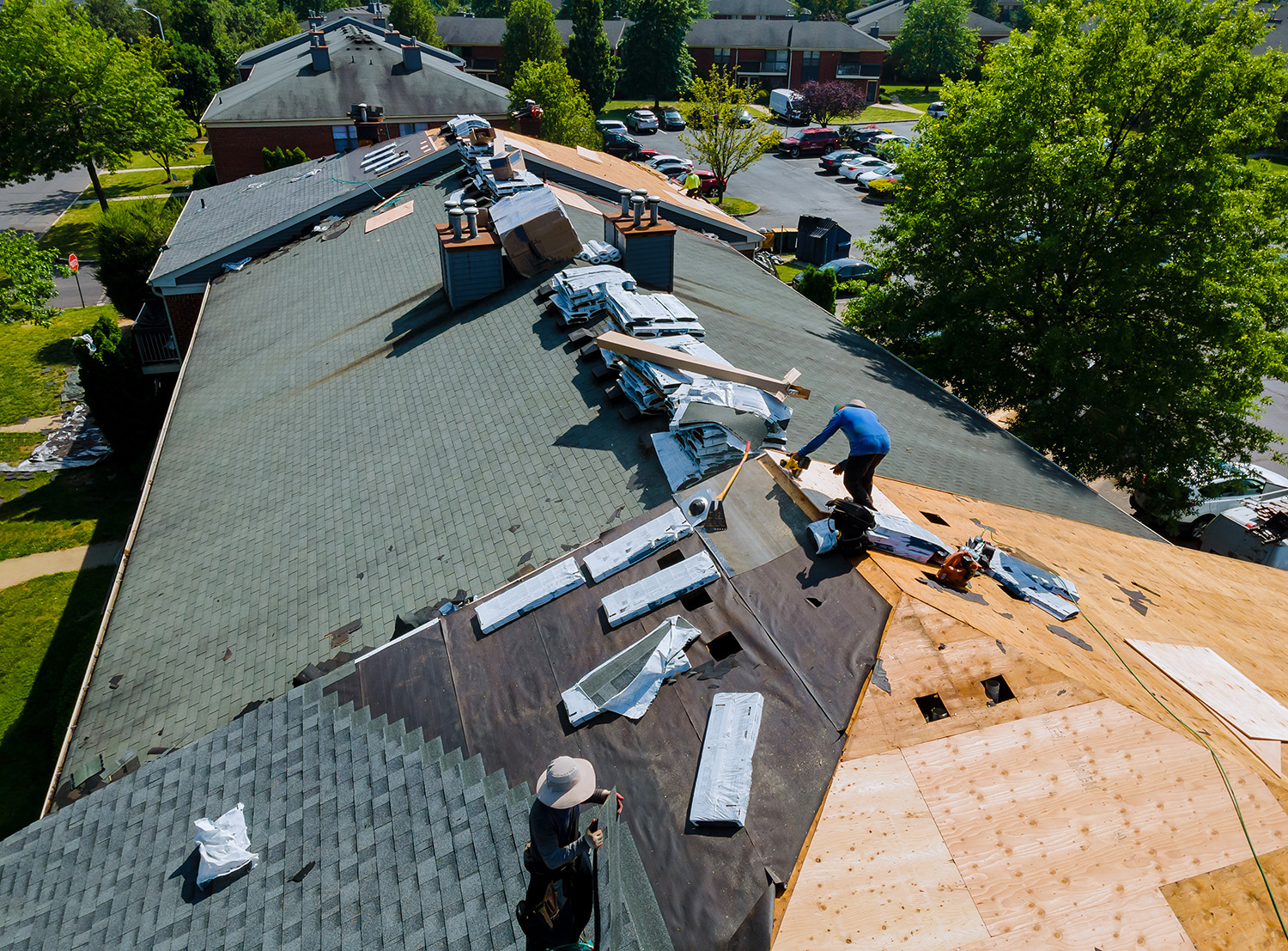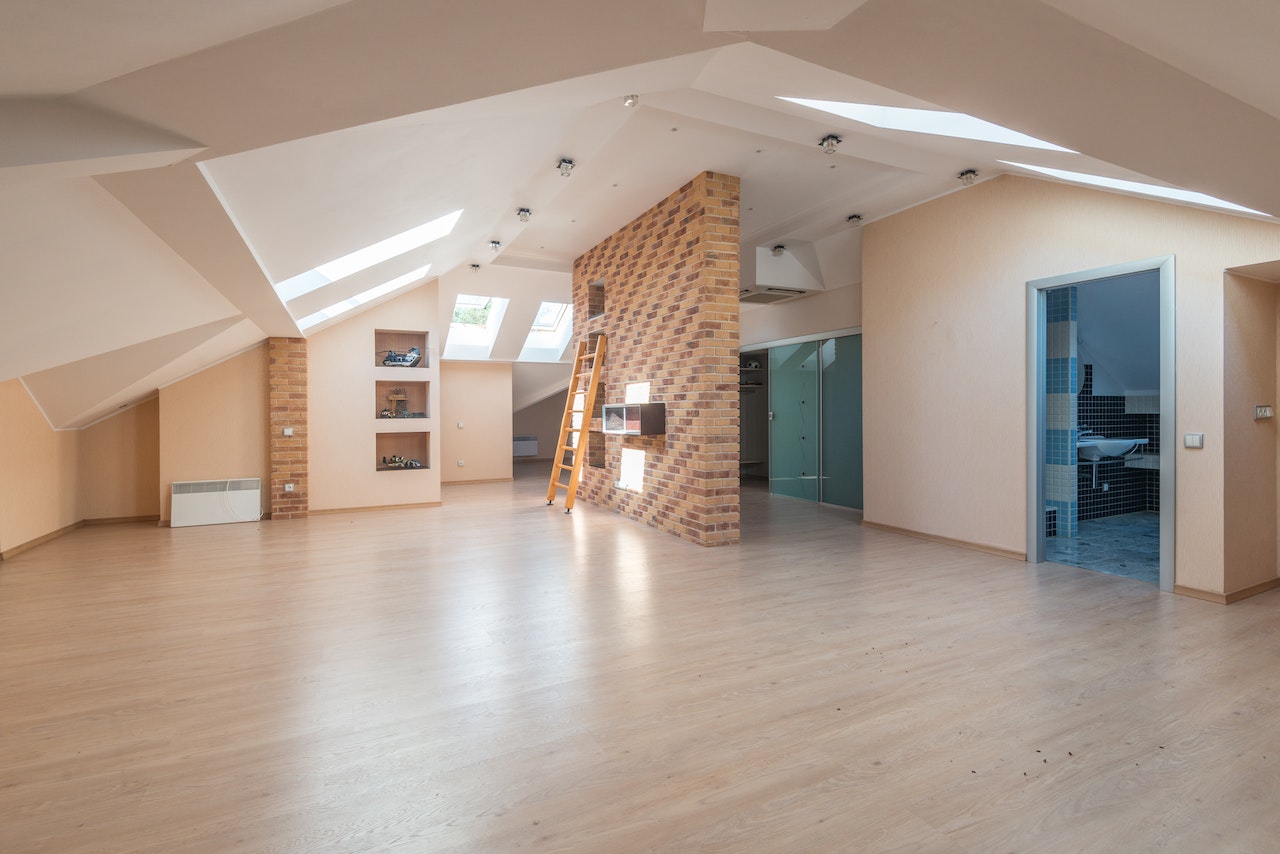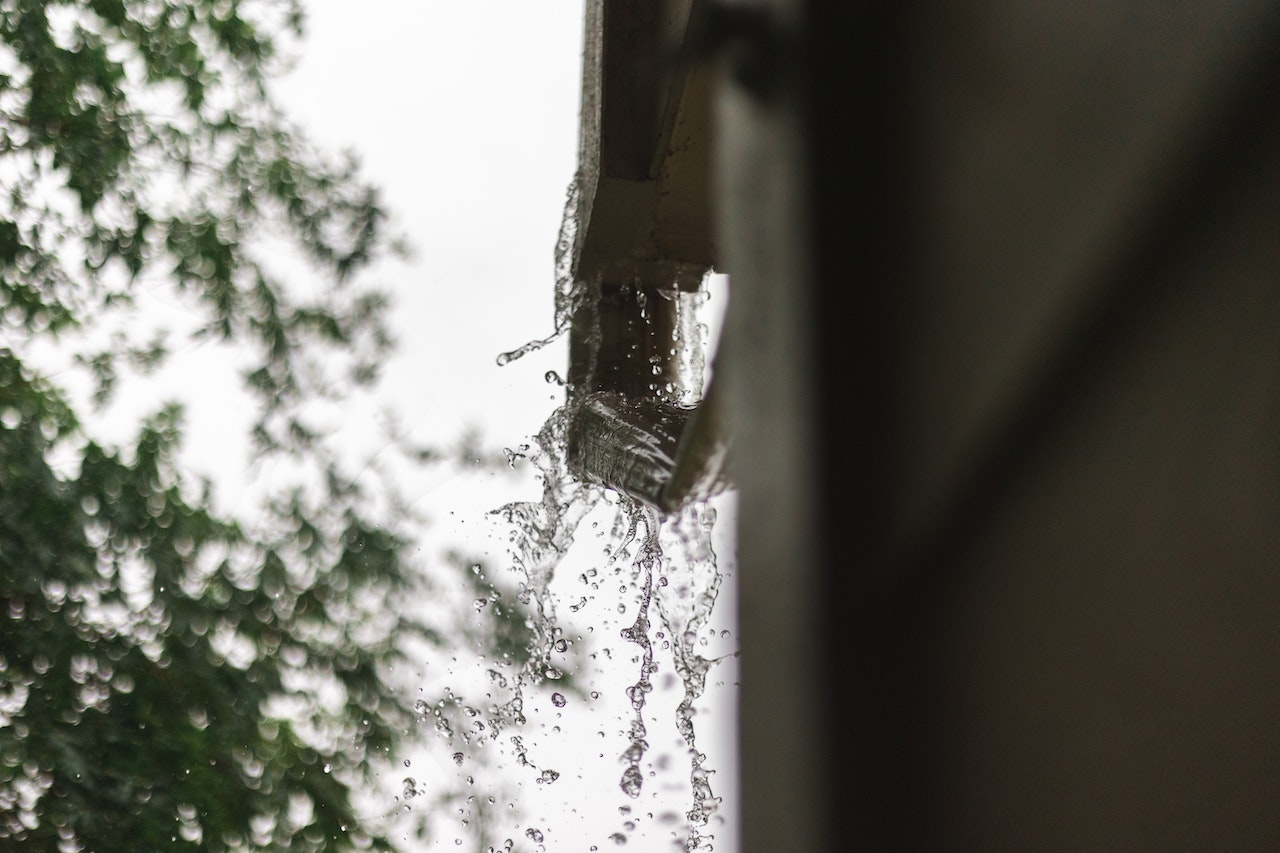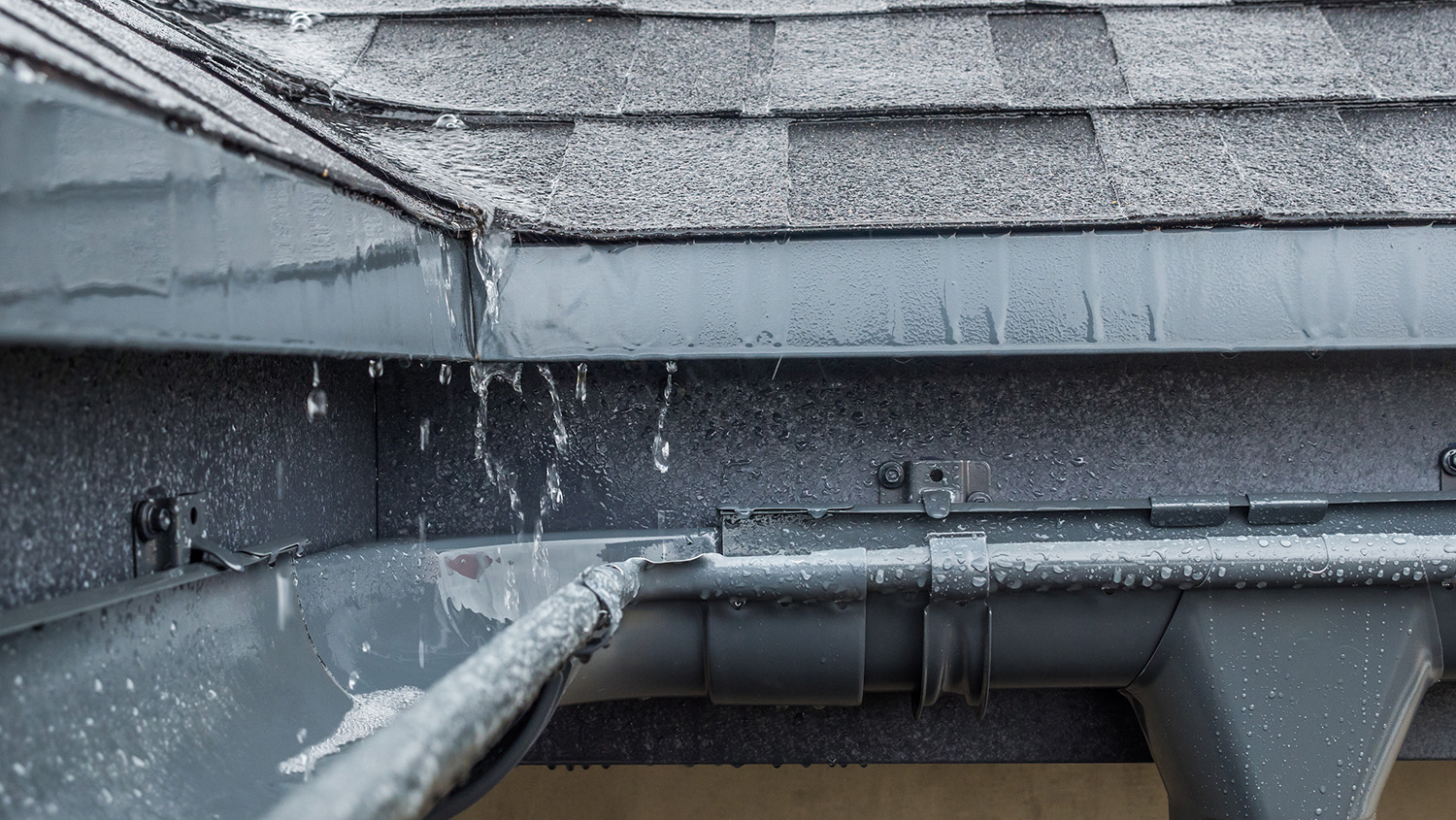Hiring a roofing contractor can be a daunting task. A roofing project is a significant investment, and it is essential to ensure that you hire the right contractor. The right contractor will ensure that your roofing project is completed to your satisfaction, and the roof lasts for years to come. However, there are several red flags to watch out for when hiring a roofing contractor.
Read on to discover the red flags in roofing contractors so that you can avoid them.
Red Flags in Roofing: The Lack of License and Insurance
One of the most significant red flags when hiring a roofing contractor is the lack of license and insurance. A reputable roofing contractor should have a license that shows they are qualified and certified to carry out roofing work in your state. Insurance is also essential because it protects you from any accidents or damages that may occur during the roofing project. A roofing contractor who lacks a license and insurance should be avoided at all costs.
Red Flags in Roofing: The Unrealistic Estimates
Another red flag to watch out for when hiring a roofing contractor is an unrealistic estimate. If a contractor provides you with a quote that seems too good to be true, then it probably is. An unrealistic estimate could indicate that the contractor is cutting corners or using substandard materials. It is essential to get multiple quotes from different contractors and compare them to ensure that you get a fair and realistic estimate.
Red Flags in Roofing: No References or Referrals
A reputable roofing contractor should be able to provide references or referrals from past clients. If a contractor cannot provide any references or referrals, this could be a red flag. References and referrals are essential because they give you an idea of the quality of work the contractor provides. You can also contact past clients to ask about their experience working with the contractor. If a contractor cannot provide any references or referrals, it is best to avoid them.
Red Flags in Roofing: No Written Contract
A written contract is essential when hiring a roofing contractor. The contract should outline the scope of work, the timeline for completion, and the cost of the project. If a contractor does not want to provide a written contract, this could be a red flag. A written contract protects you and the contractor and ensures that both parties understand what is expected of them. It is essential to read the contract carefully and ask any questions before signing it.
Red Flags in Roofing: No Physical Address
A roofing contractor who does not have a physical address could be a red flag. A physical address shows that the contractor is established and has a permanent base of operations. If a contractor only provides a phone number or an email address, it could indicate that they are not established or may be trying to avoid being located. It is important to ensure that the contractor has a physical address that you can verify.
Conclusion
Hiring a reputable roofing contractor is essential to ensure that your roofing project is completed to your satisfaction. However, there are several red flags to watch out for when hiring a roofing contractor. These include the lack of license and insurance, unrealistic estimates, no references or referrals, no written contract, and no physical address. By avoiding these red flags, you can ensure that you hire a reputable roofing contractor who will provide quality work and ensure that your roof lasts for years to come.
Are you looking for professional roofing contractors? J. Carnes & Son Roofing is here to beautify your home through expertise, premium materials, and beyond. Contact our team today!




